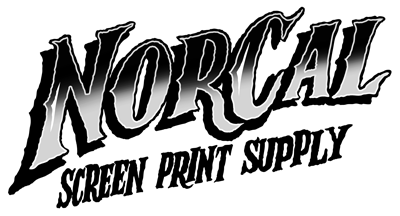Screen printing and Direct to Film (DTF) are two popular printing methods used in the textile industry. While both methods involve transferring a design onto a garment, they have some key differences in terms of the process, quality, and cost. In this article, we will compare and contrast screen printing and DTF.
Process:
Screen printing involves using a mesh screen to transfer ink onto a garment. The design is first printed onto the screen and then transferred onto the garment using a squeegee. This process requires creating a separate screen for each color in the design and can be time-consuming.
DTF, on the other hand, involves printing the design directly onto a special film and then transferring the design from the film to the garment using a heat press. This process requires a specialized printer and film, but it can be quicker than screen printing, especially for designs with multiple colors.
Quality:
Screen printing is known for producing high-quality prints with vibrant colors that are long-lasting. The ink is absorbed into the fabric, resulting in a soft and comfortable print that won't crack or fade easily. Screen printing is also ideal for printing on dark or colored fabrics.
DTF is a newer printing method that has gained popularity in recent years. It produces high-quality prints with sharp details and vibrant colors. However, the quality of the print can vary depending on the quality of the film and printer used. DTF is also best suited for light-colored fabrics, as the transfer can appear visible on darker fabrics.
Cost:
Screen printing is generally more cost-effective for larger print runs. This is because the cost of creating the screens is spread out over a larger number of prints. However, for smaller print runs, the cost of creating the screens can make screen printing more expensive than DTF.
DTF is generally more cost-effective for smaller print runs. This is because there is no need to create separate screens for each color in the design. However, for larger print runs, the cost of the specialized printer and film can make DTF more expensive than screen printing.
In conclusion, screen printing and DTF are two printing methods with their own unique advantages and disadvantages. Screen printing is ideal for larger print runs and producing high-quality prints on dark or colored fabrics. DTF is best suited for smaller print runs and producing high-quality prints on light-colored fabrics. Ultimately, the choice between screen printing and DTF depends on the specific needs and preferences of each individual business.
Our opinion:
Obviously we love screen printing. We do see the value, however, in doing small run, multi-color imprints efficiently to maximize revenue and profit. Neither one is better, and they both have value in certain situations!
Thanks for reading!
